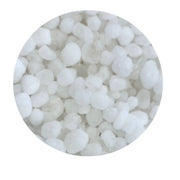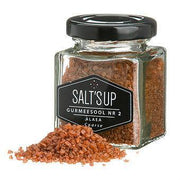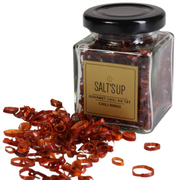AFRICAN SALT pearls
African Salt pearls - "Once tasted, never forgotten"
Real gem in the kitchen. African Salt pearls - the special salt that comes from the deepest, coldest waters in the world. Salt pearls are harvested along a tiny beach on the coast of Namib. It borders the oldest desert in the world. The Namib desert, which consists of all of Namibia's 1600 km coastline. The largely untouched landscapes are home to a unique wilderness.
Extreme heat and other conditions create Salt pearls which form their smooth, round shape naturally. They tumble on the water's edge in a variety of different sizes. It's an absolutely gorgeous sea salt, with its pearl shape different from any other salt in the world! When tasted, the crystals slightly prick the tongue and then dissolve, leaving a flavor as sweet as it is salty – a mysterious and marvellous sensation.
It is an essential ingredient used by our most informed and well-known chefs, dusted over a dish at the last minute so that the diner will have the pleasure of the slight crackle and then the delicious melting. This salt for sure will be the 'cherry on top' of any fish and meat dish in your kitchen!
Visual beauty matters. The larger beads are a wonderful addition to the salt mill. Salt pearls are sophisticated alternative to the usual coarse sea salt.
Produced in South Africa.
Special features: naturally shaped salt beads.
Dishes: salt mill for all occasions, decorating.
Taste: mild salty
90g / 17oz jar












